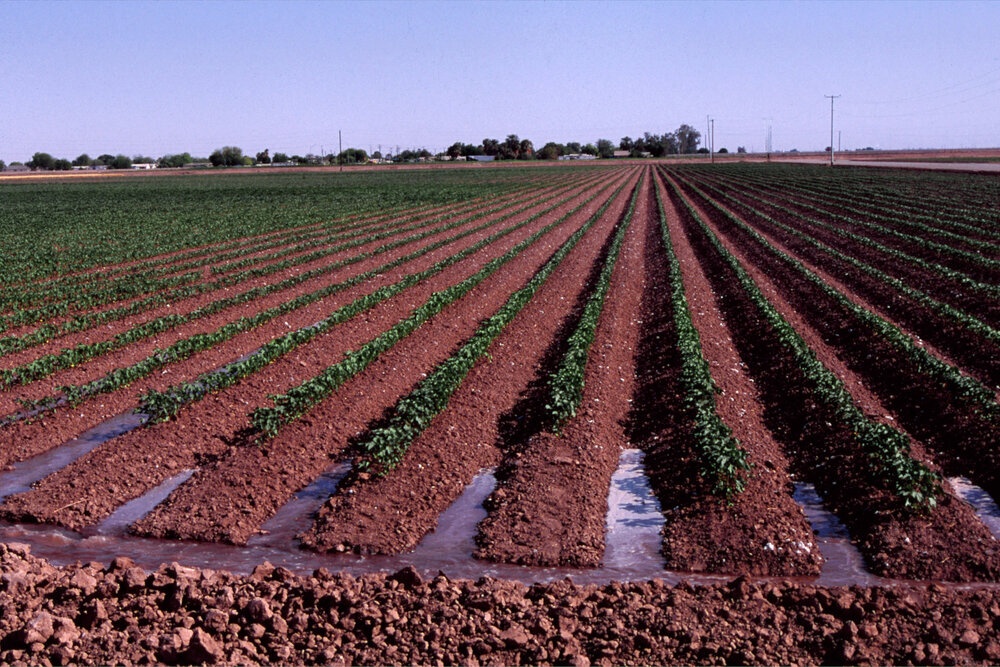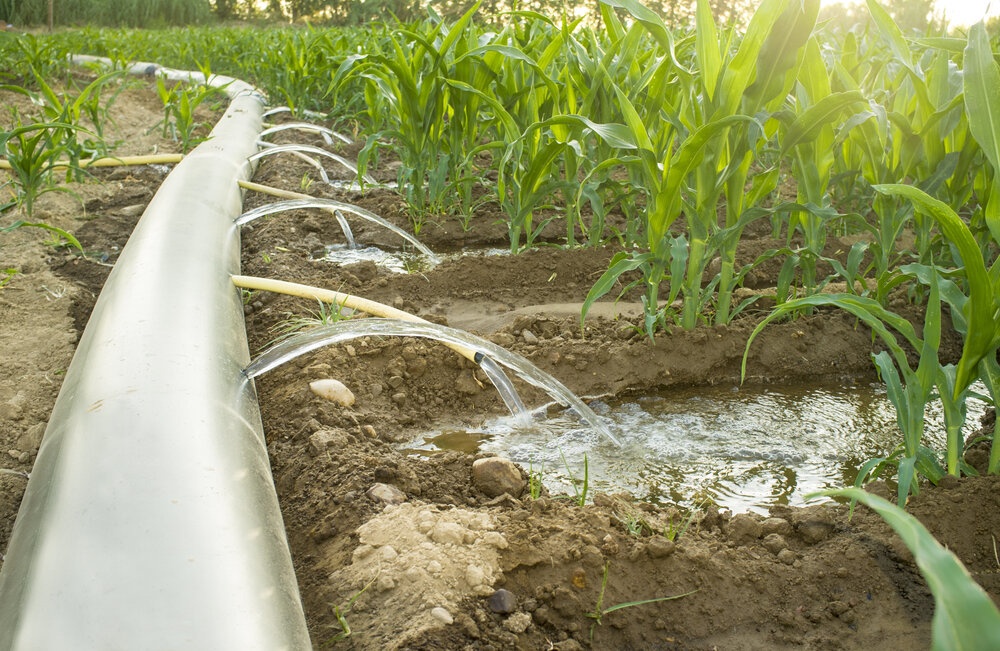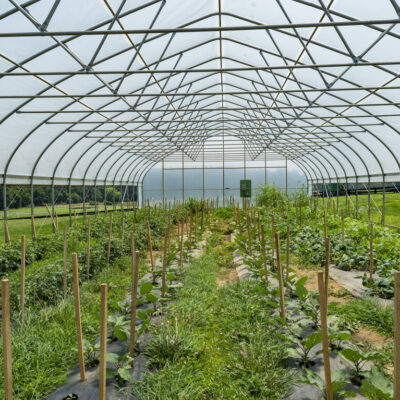Furrow irrigation comes under the umbrella term of "surface irrigation", which is one of the oldest methods of irrigation, stretching back at least 8,000 years and some of the techniques originally employed are still in use across the world today.
The earliest recorded systems of irrigation go back to 6,000 BC in Egypt and Mesopotamia. The River Nile flooded its banks for several months every year in Egypt. The Egyptians diverted the resultant floodwaters into nearby fields to allow farmers to grow crops on land that otherwise would have been too arid.
At the same time, in Mesopotamia, the floodwaters of the Euphrates and Tigris rivers were diverted into adjacent fields in a similar way.
It was surfaced irrigation in its simplest form, whereby water was moved across the surface of farmlands to wet the soil. But it wasn't long before other more sophisticated irrigation methods were developed, such as terrace and furrow irrigation.
This article focuses on furrow irrigation from its early conception to modern-day deployment.
In the United States, at the turn of this century, approximately 29.4 million acres of land were irrigated by flood irrigation as opposed to approximately 28.3 million acres being irrigated by spray.
Flood irrigation is by no means the most efficient type of irrigation but is used because it is both cheap and low-tech. It has the advantage of losing less water due to evaporation than spray technology, but on the flip side of the coin, more water is lost because of run-off at the edges of the fields.
How Flood Irrigation Works
Furrows are sloping channels that are cut into the soil surface into which streams of water can be directed. As the water moves along the furrow, it infiltrates the soil both laterally and vertically and is marginally more efficient than simple flood irrigation.
The soil's infiltration rate is of prime importance where furrow irrigation is in use. If the rate is too high, the depth of water that infiltrates into the soil nearest to the furrow inlet will be significantly more than the depth at the far end of the field. It is the infiltration rate that ultimately decides the feasibility of furrow irrigation.
For furrow irrigation to be efficient, the best management practices must be adopted and used depending on the soil conditions at the time of irrigation. Factors such as the infiltration rate, the roughness of the soil's surface, and its moisture content change throughout the growing season and from year to year.

The Problems with Conventional Furrow Irrigation
One of the big problems with conventional furrow irrigation is that water is not distributed in a uniform manner. However, it can be improved through an understanding of the system and the ability to make appropriate management changes.
The quantity of gates that are opened and the number of irrigation channels (the set size) has a marked impact on how quickly the water will advance across the field, as well as the quantity of water being applied.
The texture of the soil, the slope gradient and the surface conditions will all affect and influence the speed of the water's advance along the furrow.
The set size should be adjusted during the growing season and year to year so as to match the changing soil conditions. But using a small set and an extended set time will result in more uniform irrigation and promote excessive run-off. Conversely, when too many furrows are operated, although there will be very little run-off, it will result in the slow advance of the water causing poor water distribution and deeper loss through percolation.
The right amount of water that needs to be applied during each irrigation is dependent on:
- The soil-water that is absorbed by the plants in between irrigations
- The soil's water-holding capacity
- The depth of the plants' root systems
The infiltration rate will vary from one irrigation to the next and from year to year. It is affected by the state of the soil's surface.
When the soil has been recently tilled, and its surface is loose, the infiltration rate will be quite high. However, if the soil has been compacted by heavy rain or irrigation water flowing over its surface, a seal could form, which will reduce the rate of infiltration.
Too much water being applied is a common problem with furrow irrigation, particularly during the first application.
The Every Other Furrow Irrigation Principle
When irrigation is needed, it's vital to irrigate the whole field as quickly as you can. By irrigating every other furrow (a process also known as Skip Furrow Irrigation or SFI for short), you are supplying water to one side of each ridge. Normally, this form of irrigation applies water to a greater area in a specific time period than irrigating every furrow. The SFI technique benefits soils with high infiltration rates and low water holding capacity.
Another benefit is the ability to store rainwater in recently irrigated soil. When the water is applied to every furrow, the whole root zone might have been refilled before the rain came. Irrigating every other furrow and using less water per irrigation could give you more storage space within the root zone to allow for potential rainfall.
Reusing Run-off Water
By recirculating run-off water, you can make better use of both irrigation water and labour. Reusing run-off water lessens the amount of water needed to be pumped or delivered and can improve efficiency by around 10%. Reuse systems are vital to efficient surface irrigation.
Irrigation systems that do not have this type of reuse facility will often reduce the flow rate in the furrow to minimise run-off. Unfortunately, this can result in uneven water distribution. One possible way of managing run-off and improving water distribution at the same time is to use search flow irrigation, but that is another topic for another day.
Necessary Maintenance for Farm Irrigation Systems
Because of the nature of furrow irrigation, it requires specific maintenance routines to be carried out regularly. These include:
- Regularly clearing the head ditch and conveyance canals of weed and debris
- Checking the system for washouts
- Carrying out micro-levelling
- Regulating the floodgate
- Re-forming the furrows when necessary
- Ensuring animals are kept off the area
- Filling in any animal, rodent or ant holes
- Pre-irrigating prior to transplanting
- Checking the field from time to time after irrigation to ensure the water is being distributed evenly
Final Thoughts –
Furrow irrigation is a vital form of irrigating crops still used in many parts of the world today. Due to both practical and economic reasons, it will continue to be used by many farmers worldwide. For a brief overview of this type of irrigation, watch this quick four-minute video on YouTube.


